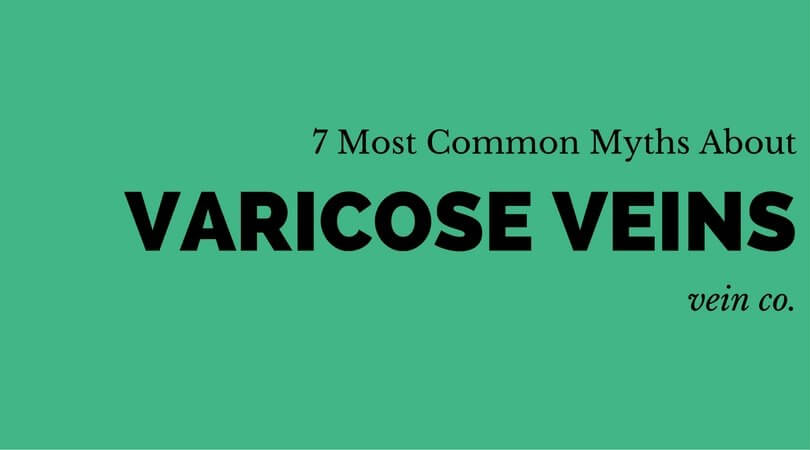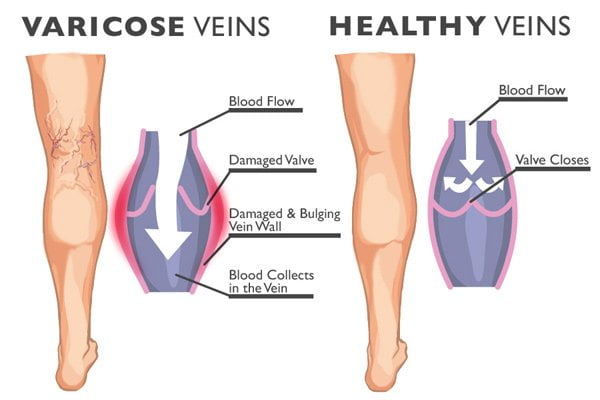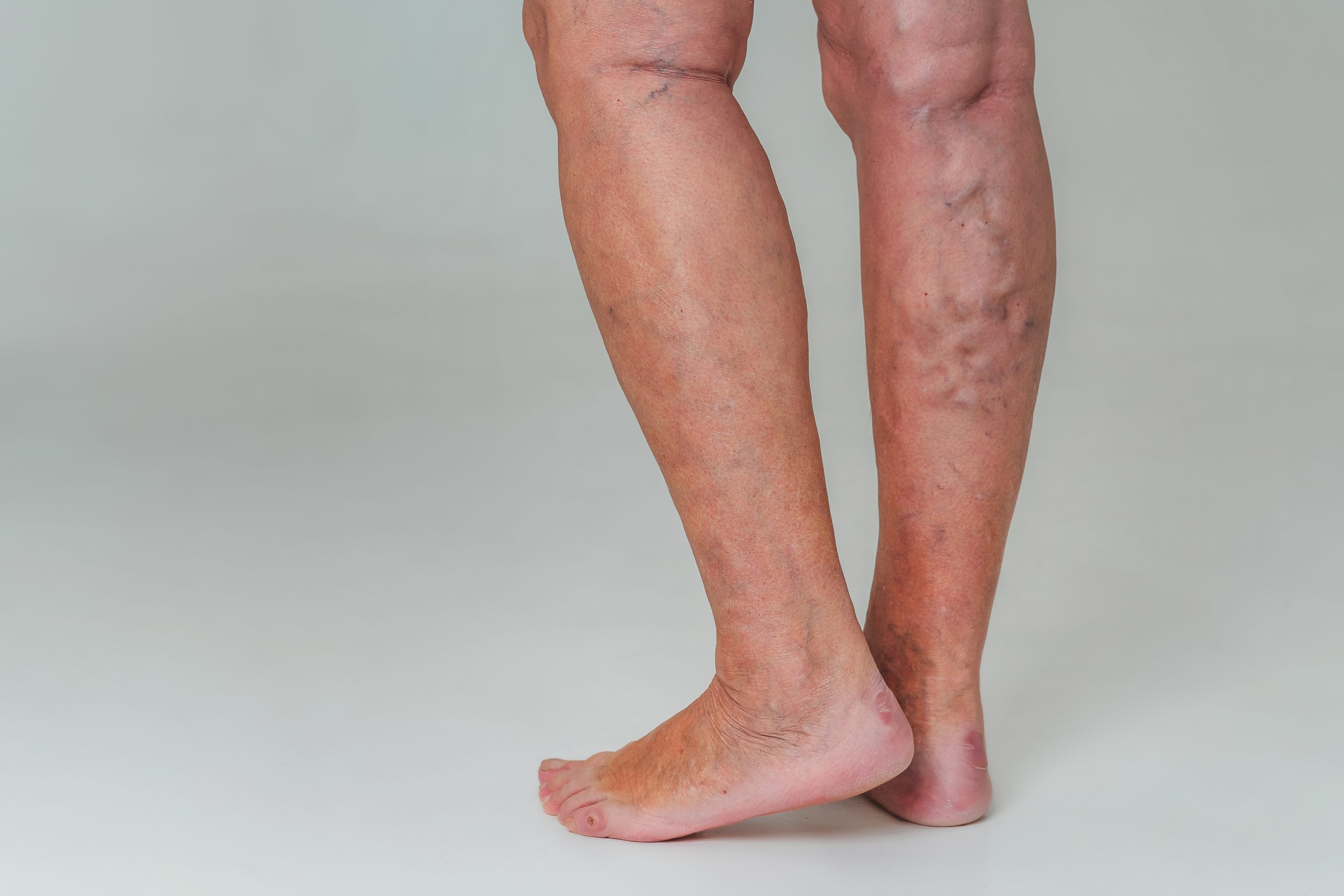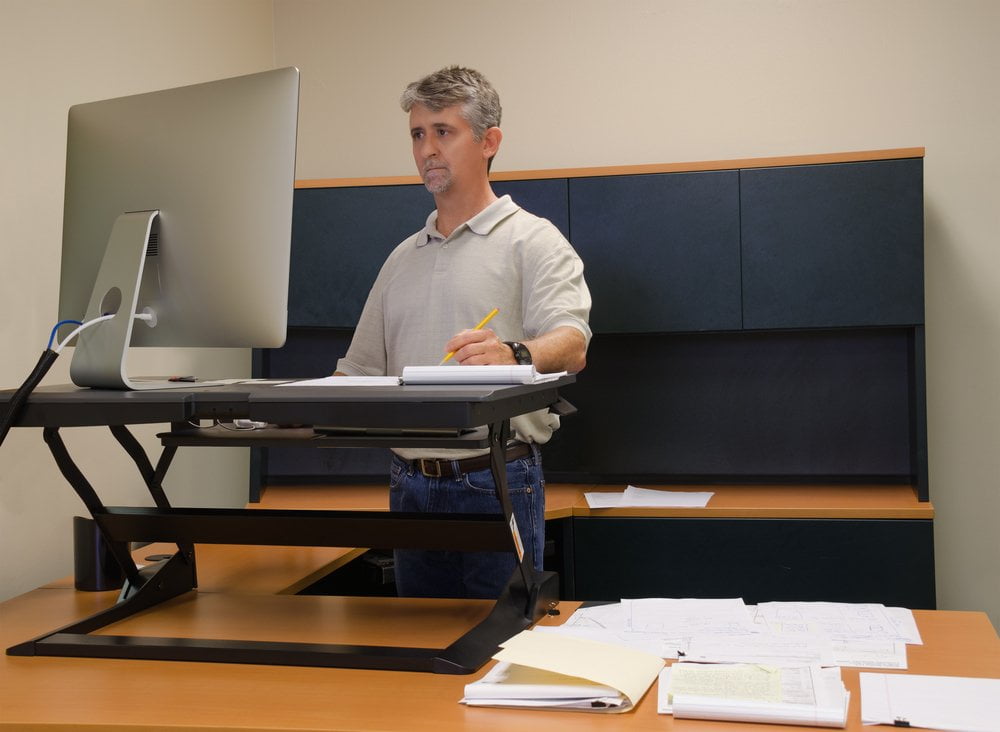7 Common Myths About Varicose Veins
Simply put, varicose veins are enlarged veins that occur when blood stops flowing backward.
Myth: If You Have Them, You Can Tell
It is commonly believed that varicose veins are very obvious, and are easily seen at the surface of your skin. However, these veins go far back into your body, and what you’re seeing may just be a small portion of a big picture. For people who have more muscle or fatty tissue on their legs, these veins can easily be hidden, leaving those suffering in the dark about the source of the associated pain.
However, today doctors commonly perform ultrasounds to check on the blood flow in your legs. This test uses high-frequency sound waves and is non-invasive. The use of this test allows doctors to see how blood is flowing through your veins. Another method that is less commonly used is the angiogram, during which a special dye is injected into your veins so that doctors can perform an x-ray test and see your blood flow.
Myth: Only Women Can Get Them
Yes, they are more common in women. No, they do not solely impact women. Nearly 15% of men will acquire varicose veins in their lifespan. The weight gain that is an onset of pregnancy leads to an increase in pressure on the legs, which can lead to varicose veins in pregnant women. However, some other common causes are heredity and pressure on the legs.
Myth: It Only Occurs at an Older Age
The varicose vein problem is primarily genetic. Patients as young as age 13 can be treated for this issue, and it can come at any age. The onset of varicose veins can also be from an increase in hormones, commonly impacting women in pregnancy and menopause.
The older you get, the greater the impact of varicose veins can be. Your veins degenerate, and if these remain untreated, they will become more painful.
If you are at a risk for varicose veins based on family history, consider visiting a specialist to see your risk and the current condition of your veins.
Myth: The Extent of Their Impact is Purely Cosmetic
If you notice your veins are more prominent, you may not give it much attention. They’re easy to cover up with makeup and seem to be harmless. However, most people with varicose veins will notice a dull pain in the legs, cramping, throbbing, and aching. Dryness of the skin may occur as well, leading to itchiness in the afflicted area.
A percentage of people with varicose veins may incur more serious complications, including ulcer formation, skin discolorations, and bleeding.
However, anyone who suffers from varicose veins is at risk for a severe type of blood clot, deep vein thrombosis. The best way to avoid these complications is to consult a doctor when you first notice signs of varicose veins or if you have a family history of the disease. Awareness of these potential risks can save you from a lot of trouble in the future.
Myth: Surgery is the Only Solution
While more severe cases require more intensive treatment, there are less invasive alternatives that will help reduce your varicose veins. Laser therapy and sclerotherapy can be performed by dermatologists. Some medications can be used to seal the veins, thus eliminating their presence.
The more intensive surgery, endothermal ablation, can be used to deliver heat to veins through a needle, which may be a more painful alternative. However, sedation is typically used for this process to make it less painful. You have an abundance of veins in your body that will continue to function even when the varicose veins are closed.
Myth: It’s Not Covered by Insurance
The reduction of varicose veins is not cosmetic surgery. Varicose veins are a serious medical problem and are addressed by insurance companies. The steps of the procedure are also typically covered, such as the initial consultation and the diagnosis. Because they have the potential to cause blood clots, ulcers, and potential heart failure, treatment is seen as necessary preventative medicine by insurance companies.
Myth: Treatment Causes Further Complications
With modern advancements in technology, varicose veins only resurface about 5% of the time, which should reduce concerns about future issues. The minimally invasive procedure rarely leaves scars, and only impairs you after surgery for a few days.
*Author is not a doctor and does not claim to offer medical advice. Any and all information in the is article should not be treated as such. Please consult your physician for further information.




